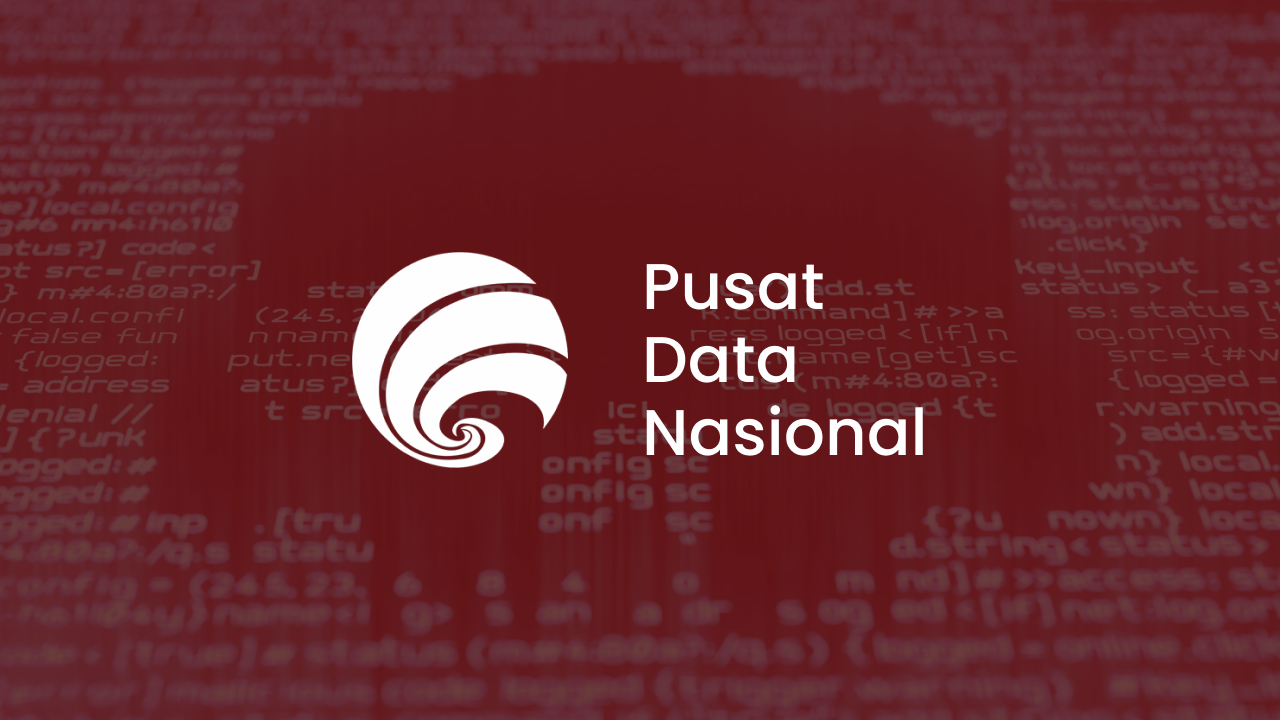By Patricia A. Pramono • Studio 1080, Published on March 10, 2025
TABLE OF CONTENTS
While traditional security measures like firewalls and endpoint protection are essential, attackers are constantly evolving their tactics. So how do we not just defend, but outsmart them? What if, instead of just trying to keep attackers out, we trick them into revealing themselves?
This is where Cyber Deception Technology comes in. It flips traditional security strategies on their head by creating an environment where attackers think they’re making progress, but in reality, they’re walking straight into a trap. Hackers are lured into interacting with fake credentials, decoy systems, and deceptive files, allowing security teams to monitor their every move, collect intelligence, and stop threats before they reach real assets.
What is Cyber Deception Technology?
Imagine setting up a fake vault filled with dummies of valuables. A thief sneaks in, thinking they’ve hit the jackpot, but in reality, they’re in a monitored trap. This is the digital equivalent of Cyber Deception Technology.
Deception tech creates fake assets like servers, files, login credentials, and databases, that look real but are actually decoys designed to lure cybercriminals into a monitored environment. The moment they engage, the system flags them, logs their activities, and alerts cybersecurity teams.
This technique doesn’t just stop threats. It studies them in real-time, revealing their tactics and behaviors. Instead of reacting to an attack, organizations can predict and neutralize future threats before they cause damage.
How Does Cyber Deception Technology Work?
At its core, Cyber Deception Technology relies on a few key components:
-
Decoys & Lures: Fake user accounts, files, network shares, and even entire virtual environments designed to be irresistible to hackers.
-
Breadcrumbs: Digital clues that lead attackers toward the prepared deception assets, making them believe they’re navigating real infrastructure.
-
Monitoring & Detection: Every move the hacker makes inside the deception network is tracked, allowing cybersecurity teams to analyze their techniques and understand how real attacks unfold.
-
Automated Traps & Responses: Once an attacker is detected, security teams can respond by blocking access, triggering alerts, or even feeding false data to mislead them further.
Essentially, deception tech wastes the attacker’s time, making them second-guess their every move while security teams gather intelligence.
What Types of Cyberattacks Can Be Detected?
Hackers are always evolving, but deception technology is built to detect and counter a wide range of cyber threats, including:
-
Credential Theft: Attackers trying to steal login information get baited with fake credentials.
-
Lateral Movement Attacks: Hackers moving across a network get trapped in decoy environments.
-
Phishing & Spear Phishing: Targeted phishing attempts can be redirected to deceptive email accounts and fake login pages.
Also read: Think Before You Click! How to Spot Phishing Scams and Protect Your Data
-
IoT (Internet of Things) Exploits: Attackers attempting to breach smart devices encounter monitored fake devices.
-
Ransomware Attacks: Fake files and servers trick ransomware into revealing itself before reaching critical assets.
Also read: Understanding Malware Threats
The Pros & Cons
Like any cybersecurity strategy, deception technology has its strengths and challenges.
Benefits of Cyber Deception Technology
-
Early Threat Detection: Unlike traditional defenses that rely on known threats, deception tech identifies even zero-day attacks by monitoring how hackers behave inside the decoy.
-
Reduces False Positives: Since no legitimate user should be interacting with a deception asset, every alert is highly accurate.
-
Shortens Attack Dwell Time: The faster an attacker is identified, the less damage they can do.
-
Provides Valuable Intelligence: Security teams gain firsthand insight into attacker techniques, helping them strengthen real defenses.
-
Works Across Different Environments: Whether it’s cloud, IoT, or traditional networks, deception tech can be deployed anywhere hackers might strike.
Challenges & Limitations
-
Not a Standalone Solution: Deception technology is a powerful tool, but it works best when combined with other cybersecurity measures.
-
Can Be Detected by Skilled Attackers: Advanced hackers may recognize deception assets and avoid them.
-
Requires Ongoing Maintenance: Decoy assets must be updated regularly to remain convincing and effective.
Despite these limitations, deception technology remains one of the most proactive cybersecurity strategies available today.
Is Cyber Deception the Future of Cybersecurity?
By using cyber deception, businesses can turn their security from reactive to proactive, reduce breach impact, and gain real intelligence on attack methods.
The question isn’t just whether your business is protected, but how well it can outsmart cybercriminals before real damage is done.
Ready to take a proactive approach to cybersecurity? Cisometric’s Security Operations Center (SOC) is equipped with cutting-edge threat intelligence and deception strategies to keep attackers off balance and out of your systems. Let’s build a next-generation security strategy for your business, before the attackers strike.
Also read: What Makes a Security Operations Center (SOC) Truly Effective?
Get in touch with our team today and stay one step ahead of cyber threats.
Contact us today, click here.
Reference:






